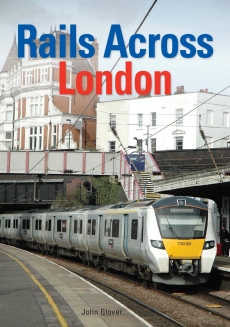Home > All Titles > Adult Non-Fiction > Transport > Railway Books > Rails Across London

With Crossrail 1, the Elizabeth Line, nearing completion and plans for Crossrail 2, to be built on a north east/south west axis, being actively pursued, this book examines the fascinating and often troubled history of attempts to improve railway connectivity in the Metropolis.
The story begins with plans dating back to the 1930s to address the issues of capacity and connections which were even then apparent. This included the New Works Programme of 1935/40 to extend the Underground and the ambitious plans of London County Council to expand the mainline railway network across the capital drawn up during the war but dropped afterwards. Whilst the need to address London’s problems were highlighted in numerous shelved reports before Crossrail, which was defeated in Parliament when first proposed in 1994, lack of political will and a shortage of money meant that only a few schemes such the restoration of the Blackfriars to Farringdon link branded as Thameslink, the new Victoria Line and the creation and extension of the Jubilee line were ever carried through to completion.
The book also provides analysis of the future prospects for main line railways across London, concluding that while capacity can be enhanced in the short term, if passenger numbers and freight traffic continue to increase further railway construction will be required.